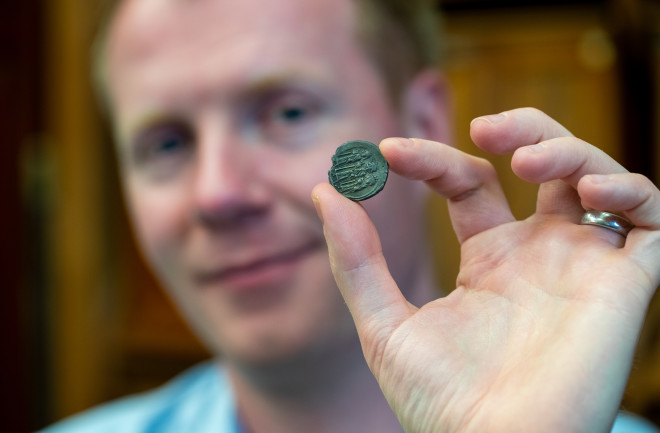To determine trends in trade and cultural exchange, sometimes historians must follow the money. A team did just that by showing that Byzantine silver found its way into Anglo Saxon coins by A.D. 700, according to an article in Antiquities.
Historians had known for decades that, from around A.D. 660 to 750, Anglo-Saxon England saw a surge in silver coins, after the area had long relied on gold. But from where the silver had entered the currency stream remained a mystery.
Now a team of researchers from the Universities of Cambridge, Oxford and Vrije Universiteit Amsterdam have cracked the case by analyzing the chemical makeup of coins held by the Fitzwilliam Museum in Cambridge.

